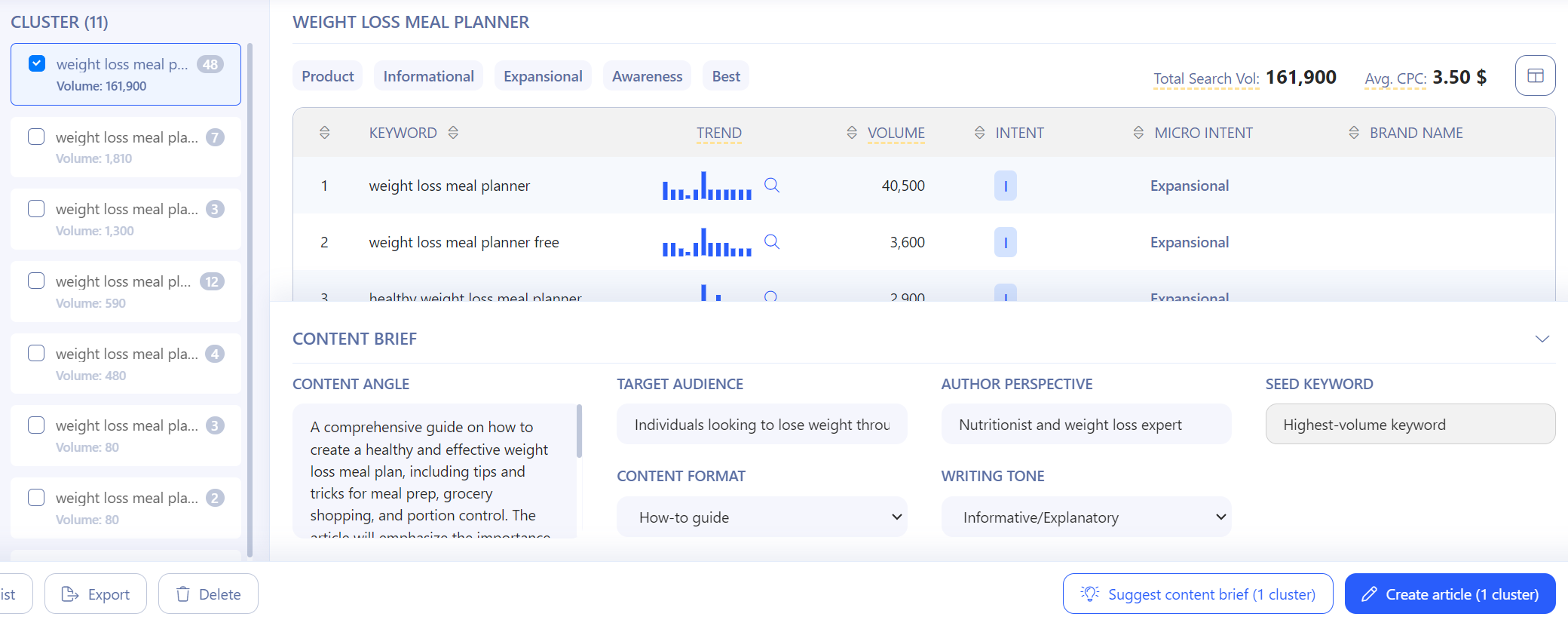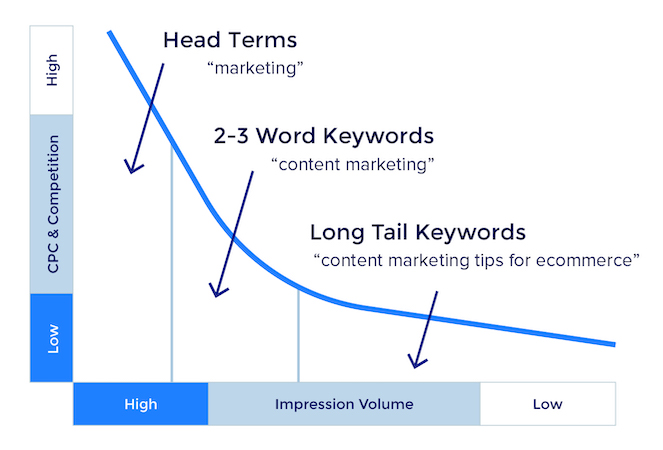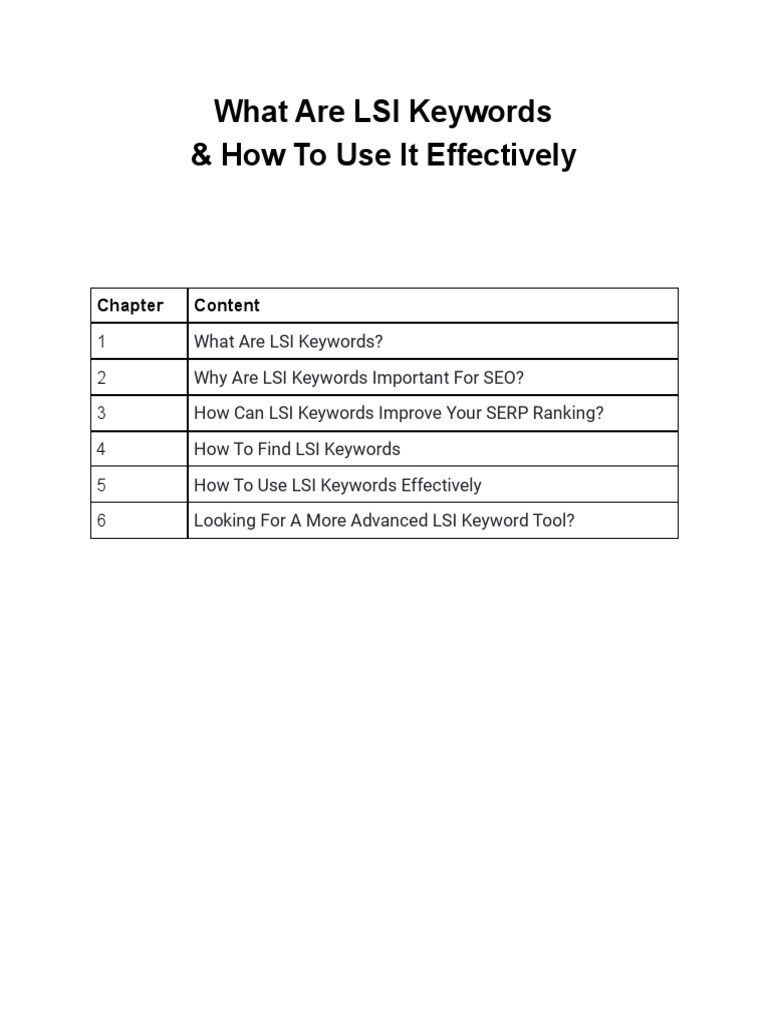
In the ever-evolving world of digital marketing, keyword planning remains a cornerstone of successful SEO and content strategies. A keyword planner is a powerful tool that helps you identify the most relevant and high-performing keywords for your website or content. By leveraging this tool effectively, you can optimize your content to rank higher in search engine results, attract more organic traffic, and ultimately drive conversions. This article will guide you through the process of using a keyword planner, from initial research to strategic implementation.
Understanding the Role of Keywords in SEO
Before diving into how to use a keyword planner, it’s essential to understand the importance of keywords in SEO. A keyword is a word or phrase that users type into search engines to find information, products, or services. These terms are crucial because they help search engines like Google understand the content of your web pages and match them with relevant search queries.
Keywords serve multiple purposes:
- Content Creation Strategy: Researching keywords allows you to create content that aligns with what your audience is searching for.
- Search Engine Optimization: Including relevant keywords in your content signals to search engines what your page is about, increasing the likelihood of appearing in search results.
- Conversion Rate Optimization: Targeting the right keywords helps attract visitors who are more likely to convert, whether that means making a purchase, signing up for a newsletter, or engaging with your content.
Understanding these roles will help you make informed decisions when using a keyword planner.
Step-by-Step Guide to Using a Keyword Planner
Using a keyword planner involves several steps, each designed to help you uncover valuable insights and optimize your content strategy. Here’s a detailed breakdown of the process:
1. Accessing the Keyword Planner
The first step in using a keyword planner is to access the tool. While there are various keyword research tools available, Google Keyword Planner is one of the most popular and widely used. To access it, you need a Google Ads account. You don’t have to run an active campaign to use the Keyword Planner; however, setting up an account is necessary.
Once logged in, navigate to the “Tools” menu and select “Keyword Planner.” You’ll be presented with two main options: “Discover New Keywords” and “Get Search Volume and Forecasts.”
2. Discovering New Keywords
The “Discover New Keywords” tool is ideal for finding new keyword ideas. Here’s how to use it effectively:
- Start With Keywords: Enter a term or phrase related to your business. For example, if you sell eco-friendly products, you might enter “sustainable living” or “eco-friendly home goods.”
- Start With a Website: If you have a website, you can input your homepage URL to get keyword suggestions based on your site’s content. This is particularly useful for identifying long-tail keywords that may not be as competitive.
After entering your keywords or website URL, click “Get Results” to see a list of related keywords along with metrics such as average monthly searches, competition, and potential traffic.
3. Evaluating and Prioritizing Keywords
Once you have a list of keywords, the next step is to evaluate and prioritize them. Consider the following metrics:
- Search Volume: The average number of monthly searches for a keyword. High-volume keywords can drive more traffic but may also be more competitive.
- Keyword Difficulty (KD): The level of competition for a keyword. Lower KD means it may be easier to rank for, while higher KD indicates more competition.
- Potential Traffic: The estimated traffic your site could receive from a keyword if you create quality content around it.
- Cost Per Click (CPC): The average price advertisers pay for a click on their ads. Higher CPC values often indicate higher commercial intent.
Use these metrics to filter out irrelevant or overly competitive keywords and focus on those that offer the best opportunities for your business.
4. Organizing Keywords into Clusters
Organizing keywords into clusters is an advanced step that can enhance your SEO strategy. Keyword clustering involves grouping similar keywords together based on search intent and relevance. This approach helps avoid keyword stuffing and creates optimized content that meets user intent.
To cluster keywords effectively, consider the four types of search intent:
- Informational: Users seeking information on a topic.
- Navigational: Users looking for a specific website or page.
- Commercial: Users researching a future purchase.
- Transactional: Users ready to take action, such as making a purchase.
By organizing keywords into clusters, you can create content that addresses different aspects of a topic and improves your chances of ranking for multiple search queries.
5. Implementing Keywords in Your Content
Once you’ve identified and organized your keywords, the next step is to implement them in your content. Here are some key areas to focus on:
- Title Tag: Include your primary keyword in the title tag, keeping it under 55 characters to avoid truncation.
- Meta Description: Add a primary or secondary keyword in the meta description, which should be around 105 characters.
- Page URL: Incorporate your primary keyword into the URL slug to reinforce the main topic.
- Headers: Use secondary and related keywords in headers (H1-H6) to show topical depth.
- Body Content: Include all your keywords throughout the body content, but vary their use to avoid stuffing.
Using tools like Semrush’s Content Optimizer can help you track your keyword usage and ensure optimal placement.
Best Practices for Effective Keyword Planning
To maximize the effectiveness of your keyword planning, consider the following best practices:
1. Focus on User Intent
Understanding user intent is crucial for creating content that resonates with your audience. Whether users are seeking information, navigating to a specific page, researching a product, or ready to make a purchase, your content should address their needs.
2. Leverage Long-Tail Keywords
Long-tail keywords are highly specific and often have lower competition. They can be valuable for targeting niche audiences and improving your chances of ranking for less competitive terms.
3. Monitor and Update Regularly
SEO is an ongoing process, and keyword trends can change over time. Regularly monitor your keyword performance and update your strategy accordingly. Tools like Position Tracking can help you stay informed about your visibility in search results.
4. Optimize for AI Search
With the rise of AI-powered search tools like ChatGPT, optimizing your content for passage-level retrieval is becoming increasingly important. Focus on creating clear, concise passages that address specific keywords and provide direct answers to user queries.
5. Use Advanced Tools for Insights
While Google Keyword Planner is a valuable tool, consider using advanced tools like Semrush’s Keyword Magic Tool or Keyword Strategy Builder for more personalized insights. These tools can help you analyze your site’s performance and identify opportunities for improvement.
Conclusion
A keyword planner is an essential tool for any digital marketer or content creator looking to improve their SEO and content strategy. By understanding the role of keywords, following a structured approach to keyword research, and implementing best practices, you can create content that resonates with your audience and drives organic traffic to your website.
Remember, effective keyword planning is not just about finding the right keywords; it’s about understanding your audience, addressing their needs, and continuously refining your strategy to stay ahead of the competition. With the right tools and techniques, you can unlock the full potential of your content and achieve long-term success in the digital landscape.










